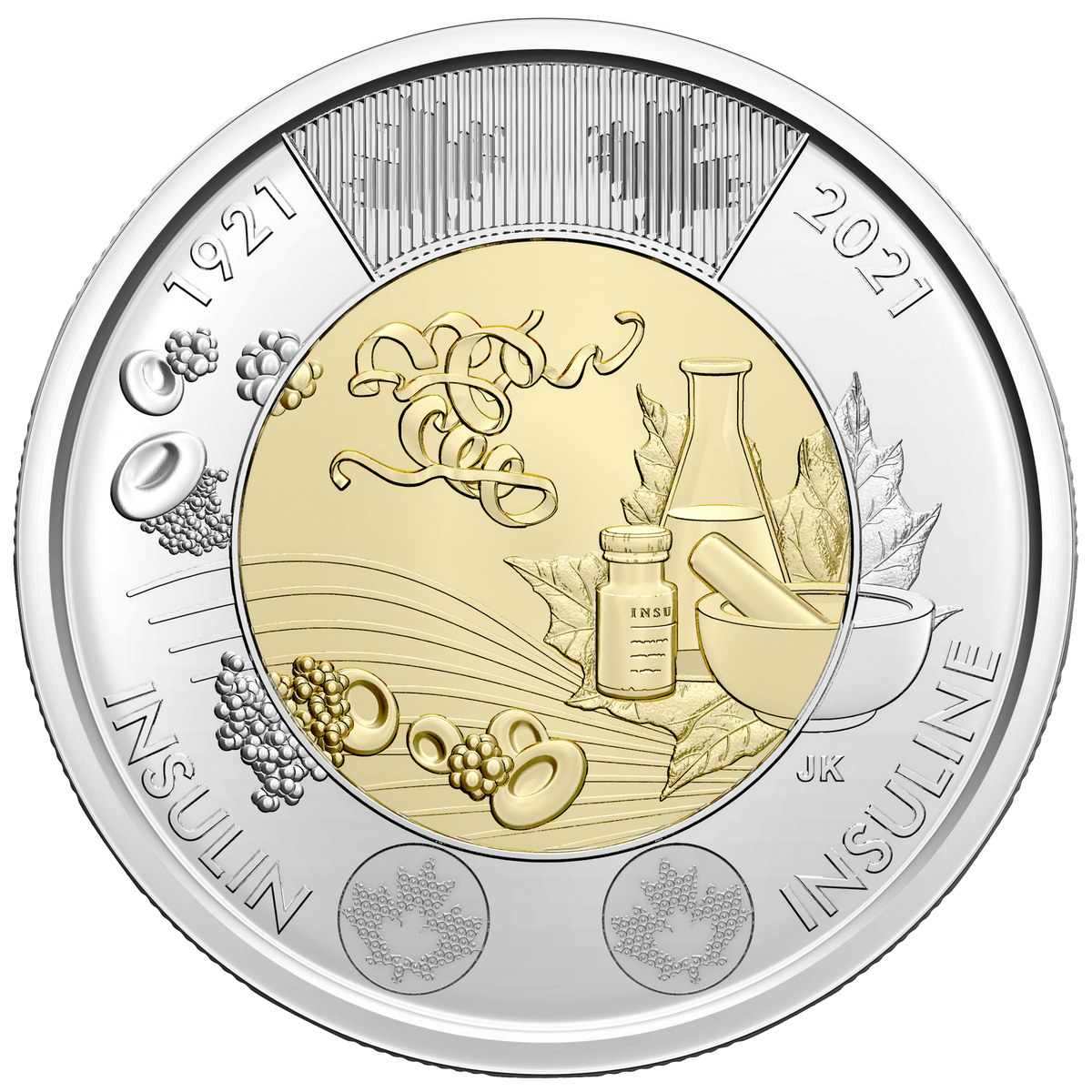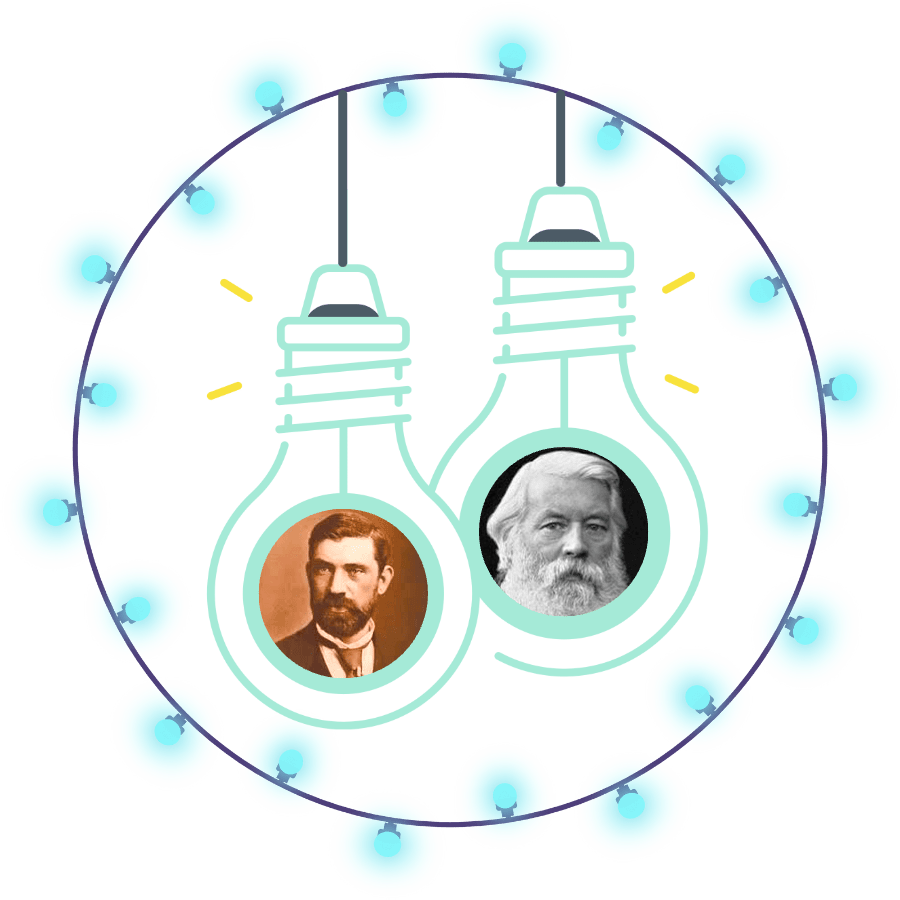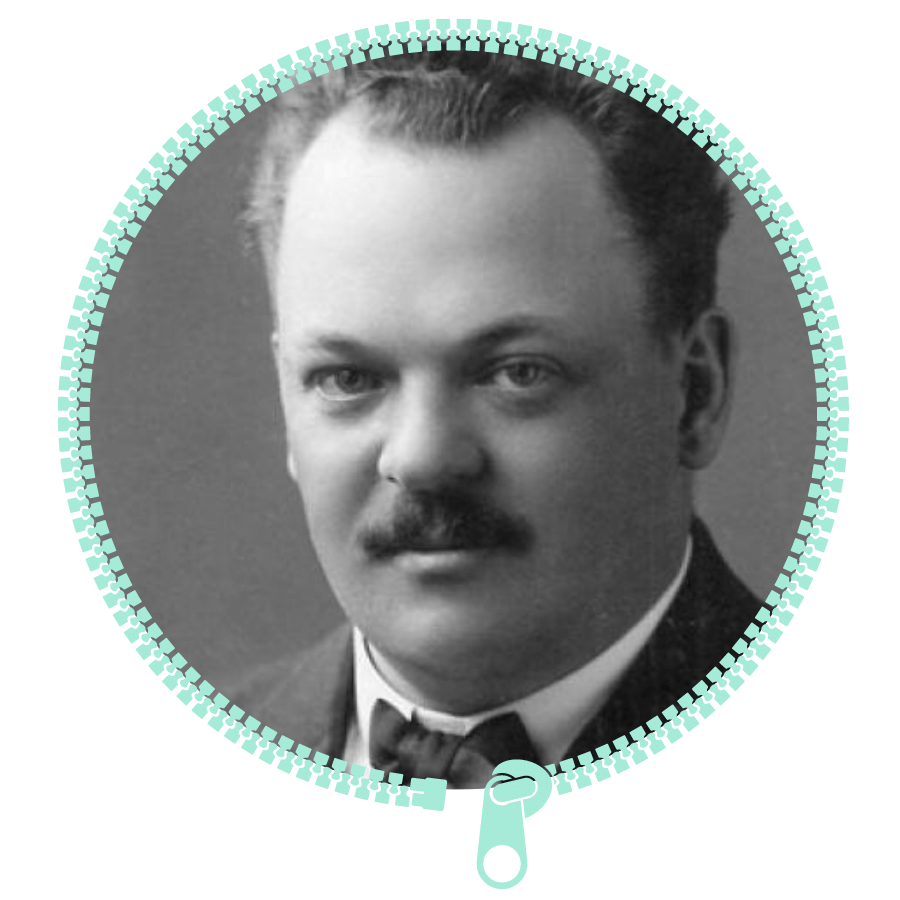
- Team
- …
- Team



- Team
- …
- Team
- Team
- …
- Team



- Team
- …
- Team

Canada - An Innovation Nation
2023 COMPETITIVE KIDS STEM+ CONTEST THEME

Impact of Canadian innovations
Humans are creative, and communities across the globe are inventive. Yet some nations have populations that seem particularly good at approaching problems in ways that make creative thinking easier. Canada is one of those nations. We don't like to brag, but Canadian innovations are used across the country and around the world every day. Turn on a light bulb? Yup, that's a Canadian innovation. Zip up your jacket? Thank Canada. Even peanut butter came from a rich Canadian idea.

Necessity is the mother of innovation
For thousands of years, First Nations and Inuit peoples explored and shared the land we now call Canada. They needed to be ingenious to cope with the diverse geography and climate. Many early Indigenous innovations, such as duck decoys, canoes, and life jackets, are still used today.
Canada's varied climate and vast geography continue to inspire innovation. Our often-extreme weather led to the development of life-saving technologies such as the foghorn and the snowmobile. The desire to stay connected in our vast country sparked new communication technology like the telephone.

Canadians Get Along
Another Canadian quality suitable for innovation is our tendency to want to get along. Canadians are often teased for being polite, following the rules, and, sorry to say, over-apologizing. However, our belief that good relationships are critical to success has paid off. Canadian history has proven that when research teams collaborate, they produce better results and can achieve extraordinary breakthroughs like telesurgery.
Canadian Innovation STEM+ Contests
Canadian Innovation STEM+ Contests in 2023 are designed to spread awareness about the innovation process while celebrating the contribution of Canadian innovators in shaping the world. We will discuss critical Canadian innovations in the next few weeks. Few contests will expect you to incorporate Canadian innovations in your submissions to highlight the impact of these innovations. Through these contests, we would like to cover innovation's past, present and future.
WHAT IS INNOVATION?
CANADIAN INNOVATORS

Frederick Banting (1891 – 1941)
Sir Frederick Grant Banting was a Canadian medical scientist, physician, painter, and Nobel laureate noted as the co-discoverer of Insulin and its therapeutic potential. In 1923, Banting and John Macleod received the Nobel Prize in Medicine for their innovation in dealing with diabetes. Frederick Banting, who received the Nobel Prize at age 32, remains the youngest Nobel laureate for Physiology/Medicine. To celebrate the 100th anniversary of Banting’s discovery of insulin, the Royal Canadian Mint created a commemorative toonie.

Canoe - A Social Innovation
The Canoe is Canada’s original and preeminent social innovation. To some, the canoe is viewed as one of the seven wonders of Canada; a Canadian icon and a symbol of Canada. One that represents Canadians’ connection to nature, reverence for history, and a tool for exploration and discovery outside of urban and suburban centres.
The canoe was a technological and commercial innovation. The early explorers could not negotiate the country with their heavy, clumsy vessels. They quickly turned to the birchbark canoe with their technological adaptation.

Alexander Graham Bell (1847 – 1922)
Alexander Graham Bell was a Canadian inventor, scientist and engineer who is credited with patenting the first practical telephone. He also co-founded the American Telephone and Telegraph Company in 1885.
Bell was a speech pathologist and a teacher of the deaf who had a keen understanding of the human voice. In Brantford, Ontario, he experimented with sound in the workshop he called his "dreaming place." In 1874, Bell's "talking telegraph" was unveiled.

Edward S. Rogers Sr. (1900 – 1939)
Edward Samuel Rogers Sr. was a Canadian inventor and pioneer in the radio industry. He was determined to develop a better radio that would run on the electricity people already had in their homes. In 1925, Rogers developed a tube that could use electricity to receive and amplify sound. With this innovation, his dream of an Electric Radio became a reality.
Rogers also created CFRB-Canada's First Rogers Batteryless broadcasting station-a Toronto-based radio channel that you can still tune into now. His only child, Edward S. Rogers Jr., established Rogers Communications.

Henry Woodward & Mathew Evans
in 1874, medical student Henry Woodward and hotelkeeper Mathew Evans fashioned a Bulb out of a glass tube that contained a large piece of carbon connected to two wires. When they hit the switch, the current flowed, and the carbon glowed. They patented an incandescent light bulb design. Their invention preceded that of American Thomas Edison by several years. The second patent issued in 1876 was among those that Edison bought as he refined the technology to create a longer-lasting bulb.

George Johann Klein (1904 – 1992)
George Klein was one of Canada's most prolific inventors of the 20th century. His imagination shaped more than 1,000 novel and valuable devices. In the 1950s, to assist veterans of World War II, he created the first electrically powered Wheelchair.
Klein's innovation improved veterans' lives, but it also started the whole field of rehabilitation engineering-using technology to help people with disabilities or injuries. The talented engineer went on to create many other innovations.

Gideon Sundback (1880 – 1954)
Can you imagine life without zippers? Sometimes the innovations that have the most significant impact on our lives don't do grand things. Like the zipper, they make our day-to-day actions easier and faster.
Gideon Sundback, a Swedish-born electrical engineer, innovated the Zipper. In 1913, he came up with the Hookless No. 2 to replace the time-consuming buckles, hooks, and eyes found on clothing. Gideon invented the machine to create zippers. He based zipper production in St. Catharines, Ontario, where he was the Lightening Fastener Company's president. The building was located at 50 Niagara Street.

Marcellus Gilmore Edson (1849 - 1940)
Marcellus Gilmore Edson was born in Quebec. Edson promoted the idea of peanut paste as a delicious and nutritious foodstuff for people who could hardly chew solid food, a common state in those days. In 1884 Edson was awarded United States Patent No. 306727 for the invention of Peanut Butter. His cooled product had "a consistency like that of butter, lard, or ointment", according to his patent application. He included the mixing of sugar into the paste to harden its consistency.











